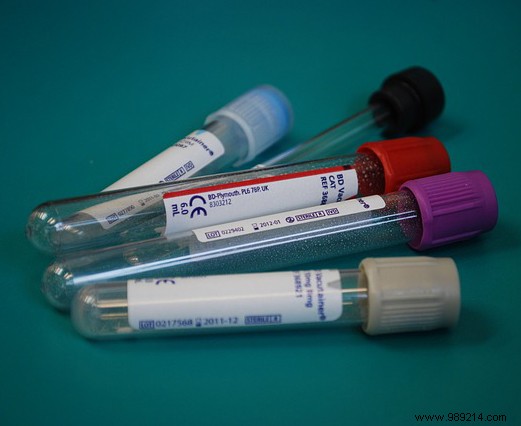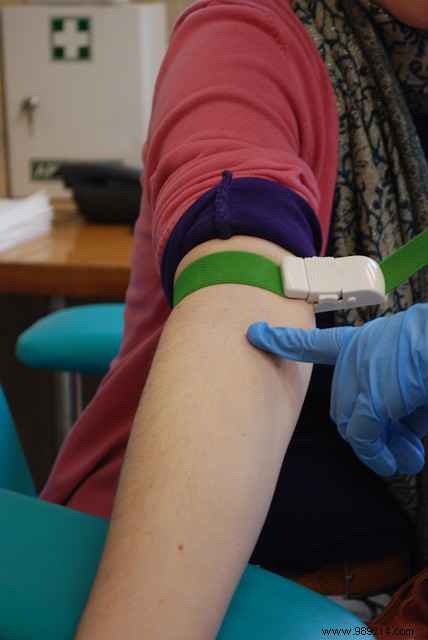
The body produces various substances that can be measured and whose value indicates the state of health of an individual. Creatinine, for example, is a substance that measures the degree of kidney function. Its analysis is particularly recommended in people with kidney failure in order to measure the degree of intensity of the condition.
Creatinine is a waste product from the breakdown of creatine phosphate in muscle. It is processed by the kidneys and eliminated through the urine. The creatinine level varies according to each individual:gender, age, height, weight or medical treatments influence. Kidney and heart dysfunctions are also taken into account when measuring creatinine levels.
The analysis of the creatinine level is particularly recommended to better detect the causes of renal insufficiency. There are two ways to find out your creatinine level:urine analysis and blood analysis. The creatinine clearance test indicates the filtration rate of the kidneys. It is the product of the ratio of blood creatinine to urine creatinine. For the blood test, a blood sample is taken on an empty stomach. For urinary creatinine, it is a matter of collecting 24-hour urine and testing it. In the case of a urine test, the average rate for an adult woman is estimated between 40 to 80 µmol/L and in adult men, 70 to 110 µmol/L. For a blood test, an average rate of 5 to 10mg/L in adult women and 9 to 14mg/L in men is fixed.

Another method is to calculate the creatinine level based on age, sex and weight. This is the Cockroft and Gault method. The formula can be used on an individual between the ages of 20 and 100 and whose weight is between 50 kg and 100 kg. The level is considered normal if it is between 90 and 140 ml/minute. The level of creatinine is higher in men because the substance depends on the muscle activity of the individual and they often have more physical activity than women. It is therefore normal to note a higher rate in athletes whose physical activity is more intense. Those on a high-protein diet also experience high creatinine levels.
A low urinary creatinine level can indicate the presence of several diseases such as hyperthyroidism, polycystic kidney disease or renal failure. If the level is high, it may be a case of diabetes mellitus or hypothyroidism. On the other hand, a low blood creatinine level can be detected in a myopathic child with significant muscle atrophy. If the blood creatinine level is high, it can be related to a pathology such as heart failure or high blood pressure. This elevation can also be likened to kidney failure.
To limit the risk of kidney failure, you can follow a few rules of life. So, remember to drink water regularly to help the kidneys do their job. Also limit salt and monitor blood sugar levels. Indeed, hypertension and diabetes can have effects on the activity of the kidneys.